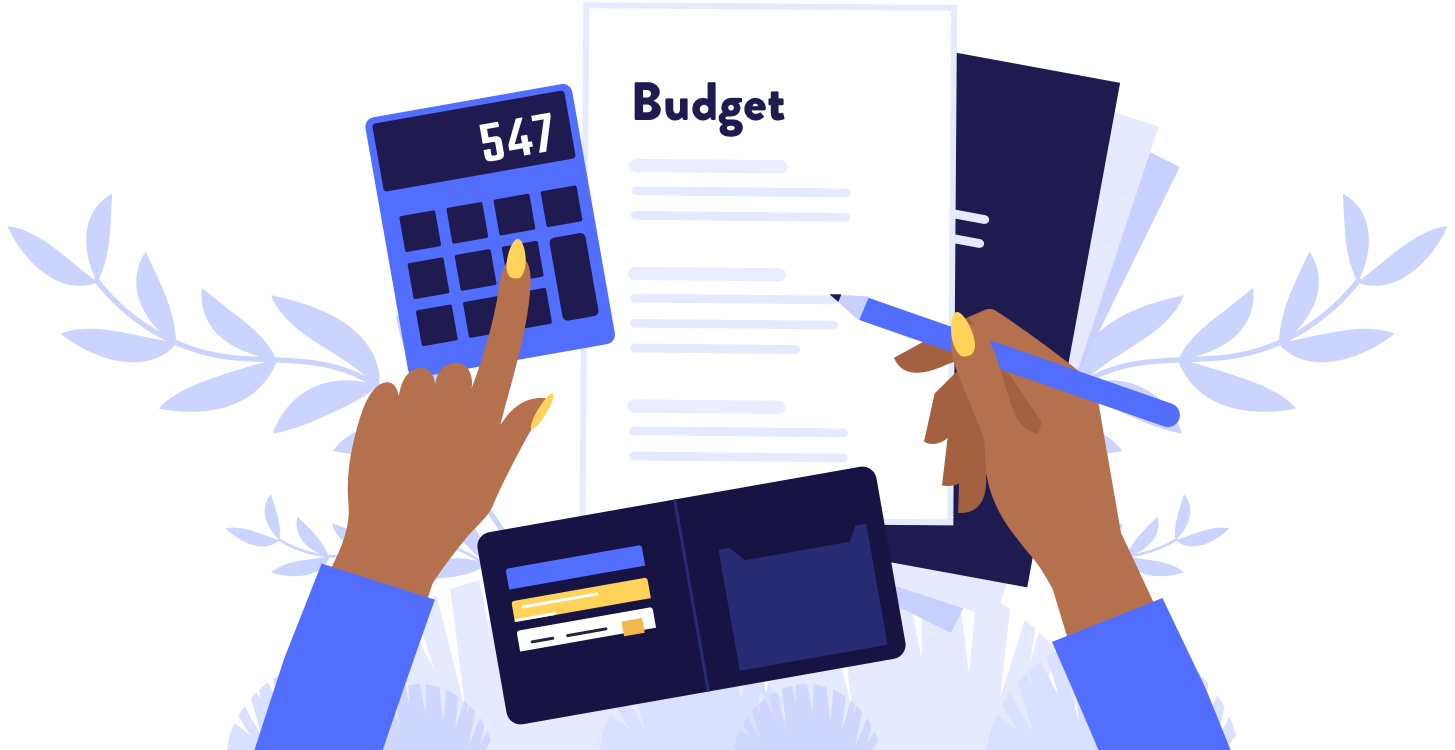The budget needed for dropshipping can vary widely depending on several factors, including the scale of your business, the niche you choose, your marketing strategy, and the platform you use. Here are some key expenses to consider when budgeting for dropshipping:

Product Costs: This includes the wholesale price you pay to your suppliers for the products you sell. The cost per unit can vary based on the type of products you offer and the agreement you have with your suppliers.
Website Development: If you're starting an online dropshipping store, you'll need to invest in website development. This includes domain registration, hosting, web design, and possibly the use of e-commerce platforms like Shopify, which may involve subscription fees.
Marketing and Advertising: Building a customer base requires marketing efforts. Budget for online advertising, social media marketing, search engine optimization (SEO), and other promotional activities.
Transaction Fees: Payment processors and online marketplaces often charge transaction fees for processing customer payments. These fees can vary based on the platform you use.
Shipping Costs: While you don't handle shipping directly, shipping fees are usually passed on to customers. Ensure you account for these costs and consider offering free shipping as a promotional tactic.
Customer Service: Providing excellent customer service may involve hiring virtual assistants or using help desk software, which may come with associated costs.
Returns and Refunds: Be prepared for potential returns and refunds, as they are a normal part of e-commerce business operations.
Business Licenses and Permits: Depending on your location and the scale of your business, you may need to obtain certain licenses or permits, which could incur fees.
Miscellaneous Expenses: Other costs might include software tools, marketing software, photography, and content creation.
It's essential to start with a budget that is comfortable for you and your business goals. Some dropshippers begin with a relatively small budget and reinvest profits into expanding their business over time. As your dropshipping business grows, you can allocate more funds to marketing, product selection, and customer acquisition strategies.
Remember that successful dropshipping also requires careful financial management, thorough market research, and continuous optimization of your business processes to maximize profits and minimize expenses.